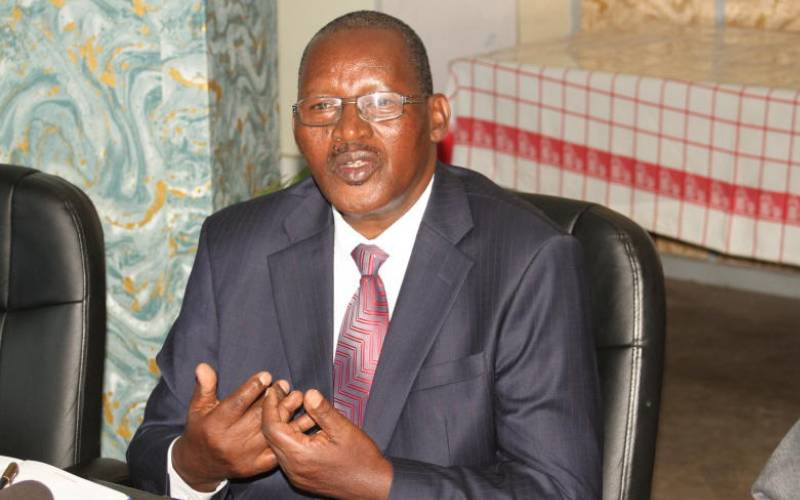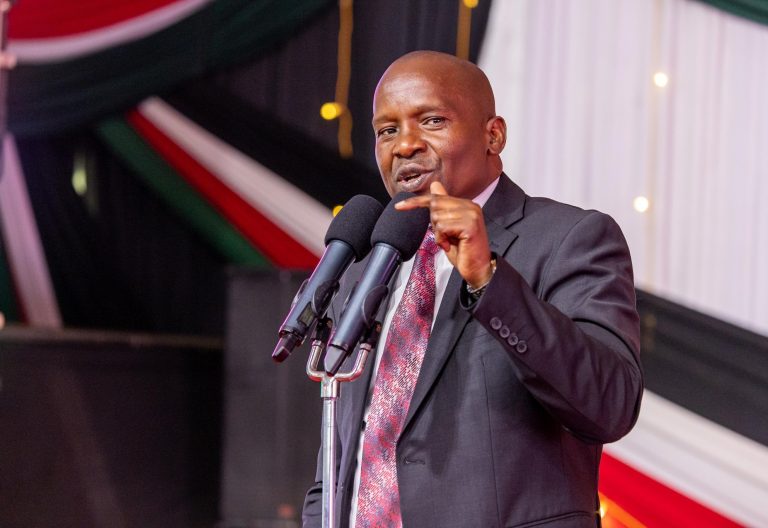North-to-South Water Transfer to costly, nor feasible, cost-benefit return poor
BY Amb Emmanuel Mwamba
North-to-South Water Transfer to coatly, nor feasible, coat-benefit return poor
● The North-to-South Water Transfer Project presents a dual reality—significant potential benefits weighed against substantial economic, social, and environmental risks.
About the Luapula River Basin.
● While it could alleviate water shortages, enhance agriculture, and stabilize power supply, its current financial model is
unsustainable, and its implementation risks ecological damage, community displacement, and geopolitical complications.
The Luapula River Basin is a basin in Central Africa, contributing to the upper sections of the Congo River watershed. 73.3% of the basin is located in Northern Zambia (flowing through Luapula, Central, Northern and Muchinga Provinces) and 26.7% is located within the DRC
Analysis of Zambia’s North-to-South Water Transfer Project
1. Introduction
The North-to-South Water Transfer Project is a proposed large-scale infrastructure initiative aimed
at addressing Zambia’s water scarcity by diverting water from the Luapula River (north) to the Kafue River Basin (south).
Developed by POWERCHINA, the project seeks to mitigate the impacts of ElNiño-induced droughts, enhance hydropower generation, and support agricultural and socio-economic development.
This analysis examines the economic feasibility, social and environmental impacts, and key gaps in the project’s planning, offering recommendations for improvement.
2. Project Objectives & Scope
Key Objectives:
✔ Water Security – Ensure a stable water supply for the Kafue Basin, which supports 40% of
Zambia’s population and 50% of its economy.
✔ Hydropower Stability – Increase water flow to key dams (Itezhi-Tezhi, Kafue Gorge) to boost electricity production.
✔ Agricultural Resilience – Provide irrigation to 2.68 million hectares of farmland affected bydrought.
✔ Economic Growth – Align with Zambia’s Vision 2030 by supporting industrial and urban water needs.
Proposed Routes & Costs
Four main routes were analyzed, with Routes A & B being the most feasible:
Route Type Length Key Infrastructure Estimated Cost (USD)
●A Domestic (Pumped) 395 km 2 reservoirs, 3 pumping stations, tunnels $8.48 billion
●B International (via DRC) 112km Mumbotuta CX Hydropower Station,tunnels $4.16 billion
●C Domestic (Gravity-fed) 477km Long tunnels, open channels $17.16 billion
●D International (Gravity-fed)
191km Tunnels (partly in DRC) Total Estimated Investment (Routes A + B): $12.64 billion
3. Economic Feasibility & Revenue Generation.
A. Project Costs & Financing Challenges
• High Upfront Investment ($12.64B for A+B) – Requires international loans or heavy
government subsidies.
$6.89 billion.
• Ongoing Energy Costs – Pumping stations consume ~500 million kWh/year ($60M/year).
• Long Payback Period – Debt repayment could take 30+ years, even with concessional loans.
B. Revenue Streams (Are They Enough?)
The project expects income from:
1. Hydropower Generation
●Additional 1.1B kWh/year from Kafue dams →
132M/year(@132M/year∗∗(@0.12/kWh).
o Mumbotuta CX Hydropower (Route B) → 1.62B kWh/year ($194M/year).
● Problem: Even combined, revenues fall short of operating costs (e.g., Route A costs
$139M/year).
2. Agricultural Water Sales
●7.5B m³/year for irrigation → Requires 0.11–0.11–0.44/m³ to break even.
●Challenge: Farmers may not afford this, forcing government subsidies.
3. Urban & Industrial Water Supply
●Potential 97.5M/year, if sold at 97.5M/year, if sold at0.13/m³, but cities already
subsidize water.
C. Economic Viability Assessment
Route Financial IRR Benefit-Cost Ratio Key Issue
●A 2.57–2.84% 0.10–0.11 High costs, low returns
●B 2.66–2.90% 0.46–0.67 Best option but still marginal
●C Negative 0.08 Extremely expensive
●D Negative 0.13 High costs, low benefits
Conclusion: The project is not economically viable under current assumptions. Route B (withMumbotuta Hydropower) is the most feasible, but still requires heavy subsidies or grants.
4. Social & Environmental Impacts
●A. Social Impacts
Benefits:
• Improved water access for Lusaka, Ndola, and farming communities.
• Job creation during construction (~10,000+ temporary jobs).
• Stable electricity for industries (mining, manufacturing).
Risks:
• Displacement of communities near reservoirs (no clear resettlement plan).
• Water rights conflicts with Luapula Basin residents (17% of Zambia’s population).
• DRC dependency – 75% of Route B runs through DRC, requiring political agreements.
●B. Environmental Impacts
Benefits:
• More reliable hydropower (reduces fossil fuel dependence).
• Drought resilience for Kafue Basin agriculture.
Risks:
• Reduced Luapula River flow → Threatens fisheries, wetlands, and biodiversity.
• Deforestation & erosion from construction.
• No climate adaptation plan – What if droughts worsen?
5. Critical Gaps in the Report
1. Lack of Detailed Cost-Benefit Analysis
• No sensitivity testing for construction delays, inflation, or climate risks.
• No comparison with alternatives (e.g., groundwater development, rainwater harvesting).
2. Weak Social Impact Mitigation
• No resettlement plan for displaced communities.
• No consultation with Luapula Basin residents.
3. Insufficient Environmental Safeguards
• No biodiversity impact studies for Luapula River ecosystems.
• No long-term water sustainability plan (climate change ignored).
4. Over-Reliance on DRC Cooperation
• 75% of Route B is in DRC – No clear treaty for water sharing or construction rights.
6. Recommendations for Improvement
A. Economic Adjustments
✔ Phase Implementation – Start with Route B (Mumbotuta Hydropower) to test viability.
✔ Blended Financing – Seek World Bank/AfDB loans + private investors (PPAs).
✔ Tiered Water Pricing – Charge industries more, subsidize farmers.
B. Social & Environmental Safeguards
✔ Resettlement & Compensation Plans – For displaced communities.
✔ Stakeholder Consultations – Engage Luapula residents & DRC authorities.
✔ Biodiversity Protection – EIA before construction, habitat restoration funds.
C. Alternative Solutions
✔ Local Water Projects First – Groundwater wells, drip irrigation may be cheaper.
✔ Climate Adaptation Plan – Model worst-case drought scenarios.
7. Final Verdict: Should Zambia Proceed?
Yes, but with major changes:
• Prioritize Route B (Mumbotuta Hydropower) as a pilot.
• Secure international funding & DRC agreements before full-scale construction.
• Strengthen environmental & social safeguards.
No, if:
• Costs remain unaffordable without massive subsidies.
• Local alternatives (groundwater, efficiency programs) can meet needs cheaper.
Conclusion:
Is the North-to-South Water Transfer Project Justifiable?
Short Answer: Not in Its Current Form.
The North-to-South Water Transfer Project presents a dual reality—significant potential benefits weighed against substantial economic, social, and environmental risks.
While it could alleviate water shortages, enhance agriculture, and stabilize power supply, its current financial model is
unsustainable, and its implementation risks ecological damage, community displacement, and geopolitical complications.
Key Economic Concerns
• Prohibitively High Costs ($4–17B) – The project’s massive infrastructure demands far exceed its revenue potential from water sales and hydropower.
• Low Return on Investment – Even the most viable option (Route B with Mumbotuta
Hydropower) requires heavy subsidies or donor funding to break even.
• Uncertain Long-Term Viability – Without stronger revenue streams (e.g., export power sales,tiered water pricing), the project could become a financial burden for Zambia.
Critical Risks That Must Be Addressed
1. Environmental Degradation – Reduced Luapula River flow threatens biodiversity, fisheries,and wetlands.
2. Social Displacement – No clear resettlement or compensation plan for affected communities.
3. DRC Dependency – 75% of Route B crosses the DRC, requiring stable diplomatic agreements.
4. Climate Vulnerability – The plan does not account for worsening droughts under climate
change.
Final Recommendations;
Before proceeding, Zambia must:
✔ Conduct a Rigorous Cost-Benefit Analysis – Compare the project against smaller-scale
alternatives (e.g., groundwater development, drip irrigation).
✔ Pilot Route B First – Test the Mumbotuta Hydropower Station as a proof of concept before scaling up.
✔ Secure International Funding & Partnerships – Seek World Bank, AfDB, or climate finance to reduce Zambia’s fiscal burden.
✔ Strengthen Safeguards – Implement resettlement plans, biodiversity protections, and DRC water-sharing treaties.
✔ Prioritize Local Solutions – Invest in water conservation, rainwater harvesting, and efficient irrigation before committing to mega-diversion.
The Bottom Line;
The project cannot proceed as currently designed without risking economic strain, ecological harm, and social conflict. However, with strategic modifications—phased implementation, blended financing, and robust safeguards—it could evolve into a sustainable, long-term solution.
Zambia’s choice is clear:
• Proceed cautiously with reforms, or
• Pursue decentralized, lower-risk alternatives first. Without these changes, the North-to-South Water Transfer risks becoming another costly
infrastructure white elephant rather than the transformative solution Zambia needs.









